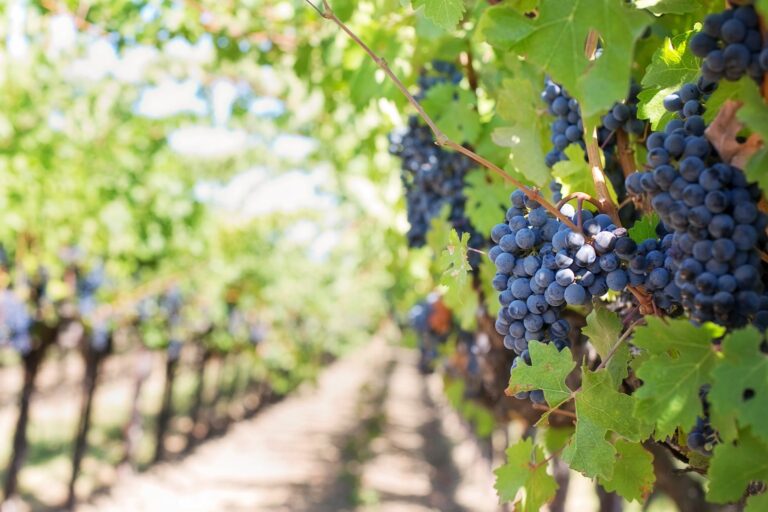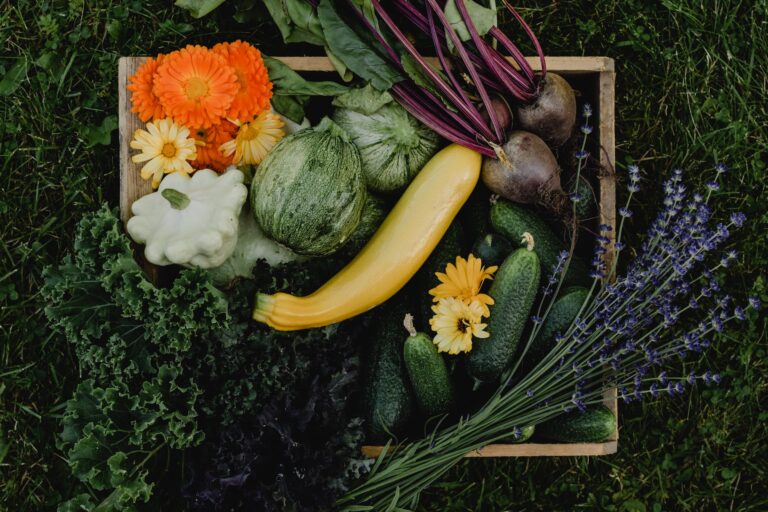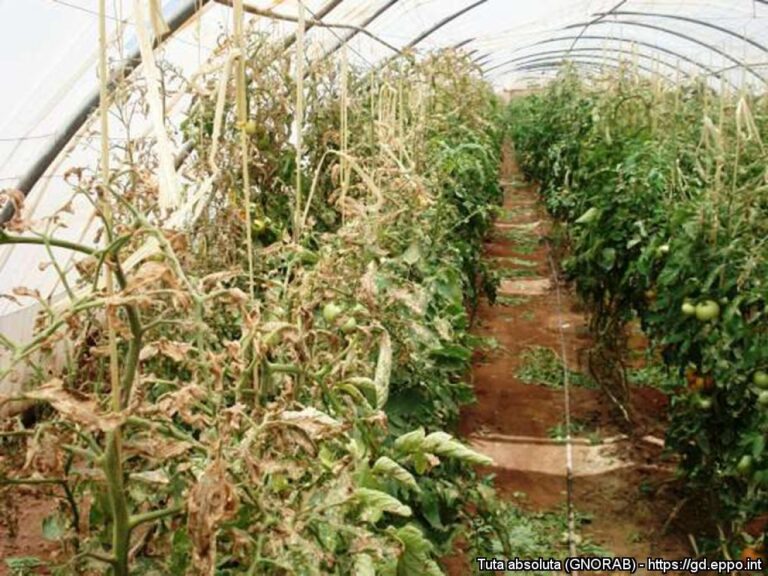How should I harvest kale in Kenya?
But knowing when and how to harvest your kale can be a bit tricky. In this article, I will cover the best ways to harvest your kale in Kenya, including the ideal time to harvest, the tools you’ll need, and tips for storing your kale.
When it comes to harvesting kale in Kenya, timing is key. Knowing when to harvest your kale will ensure that you get the most flavorful and nutritious greens possible. Kale is ready to harvest when the leaves are dark green and crisp. Depending on the variety of kale, the maturity time can range from 55-80 days.
Knowing the Right Time
The ideal time to harvest kale is in the morning or evening when the temperature is cooler. If you harvest your kale during the heat of the day, the leaves will wilt and lose some of their flavor and texture.
Another important factor to consider when harvesting kale is the size of the leaves. Kale leaves can be harvested at any size, but if you wait until the leaves are large, they will be more flavorful and nutritious.
Tools you’ll need: When it comes to harvesting kale, you’ll need a few basic tools. A sharp pair of scissors or pruning shears are essential for cutting the leaves from the stem. It’s also a good idea to have a basket or container handy to collect your kale.
How to Harvest
When harvesting kale, it’s important to cut the leaves from the stem without damaging the plant. Start by cutting the leaves from the outside of the plant, working your way inward. Once you’ve harvested all the leaves from the outer part of the plant, you can move on to the inner leaves.
If you’re harvesting kale for long-term storage, make sure to harvest the leaves before they start to yellow or wilt.
Storing Your Kale
Once you’ve harvested your kale, it’s important to store it properly to ensure that it stays fresh and flavorful. Kale can be stored in a variety of ways, including refrigeration, blanching, and freezing.
Refrigeration
One of the simplest ways to store kale is to refrigerate it. To do this, wrap the kale leaves in a damp paper towel or cloth and place them in a plastic bag. Make sure to remove as much air as possible from the bag before sealing it. The kale will stay fresh in the refrigerator for up to a week.
Blanching
Another way to store kale is to blanch it before freezing. Blanching involves briefly cooking the kale in boiling water before plunging it into ice water. This process helps to preserve the color and flavor of the kale. Once the kale is blanched, it can be frozen for up to six months.
Freezing
If you don’t want to go through the blanching process, you can also freeze your kale without blanching it. To do this, simply wash and dry the kale leaves and place them in a plastic bag. Remove as much air as possible from the bag before sealing it. The kale can be frozen for up to six months.
Conclusion
Harvesting kale in Kenya is a great way to enjoy fresh greens and make the most of your gardening efforts. The key to harvesting kale is timing, knowing the right time to harvest, the tools you’ll need, and how to harvest. Once you’ve harvested your kale, it’s important to store it properly to ensure that it stays fresh and flavorful. Whether you choose to refrigerate, blanch, or freeze your kale, you’ll be able to enjoy its delicious flavor and nutrition for months to come.







